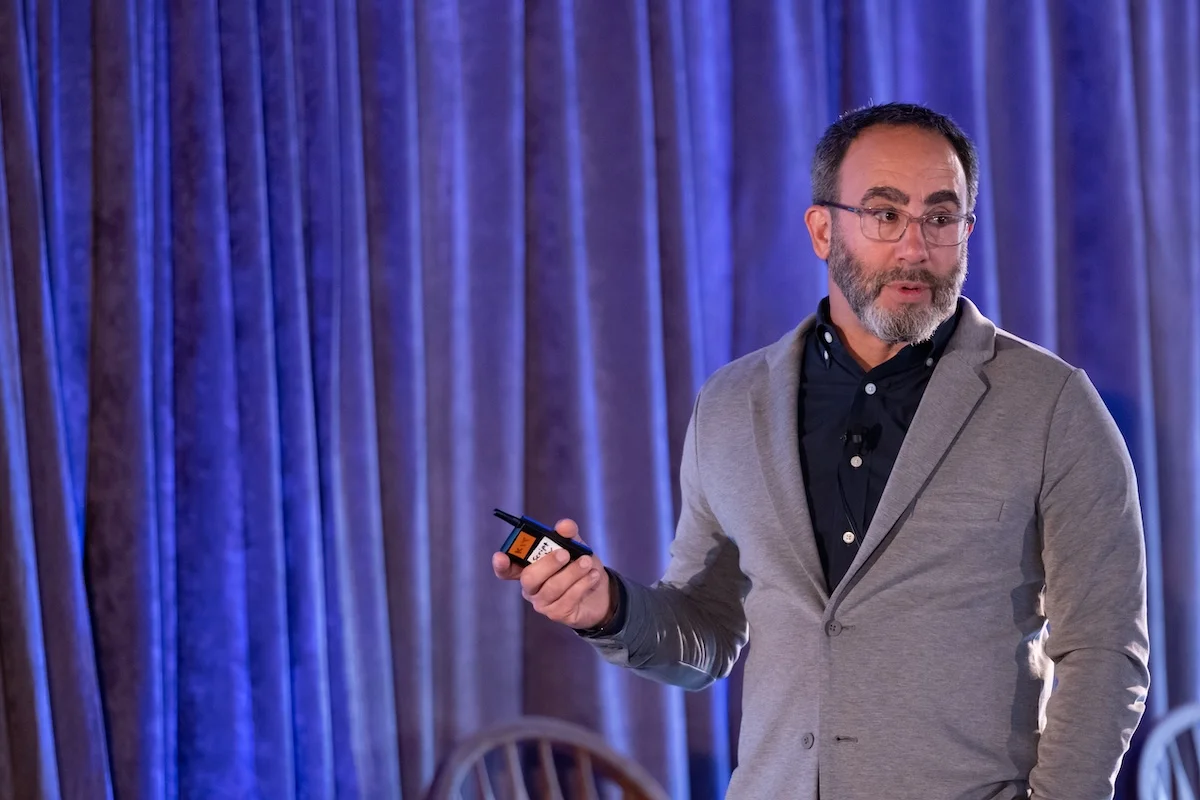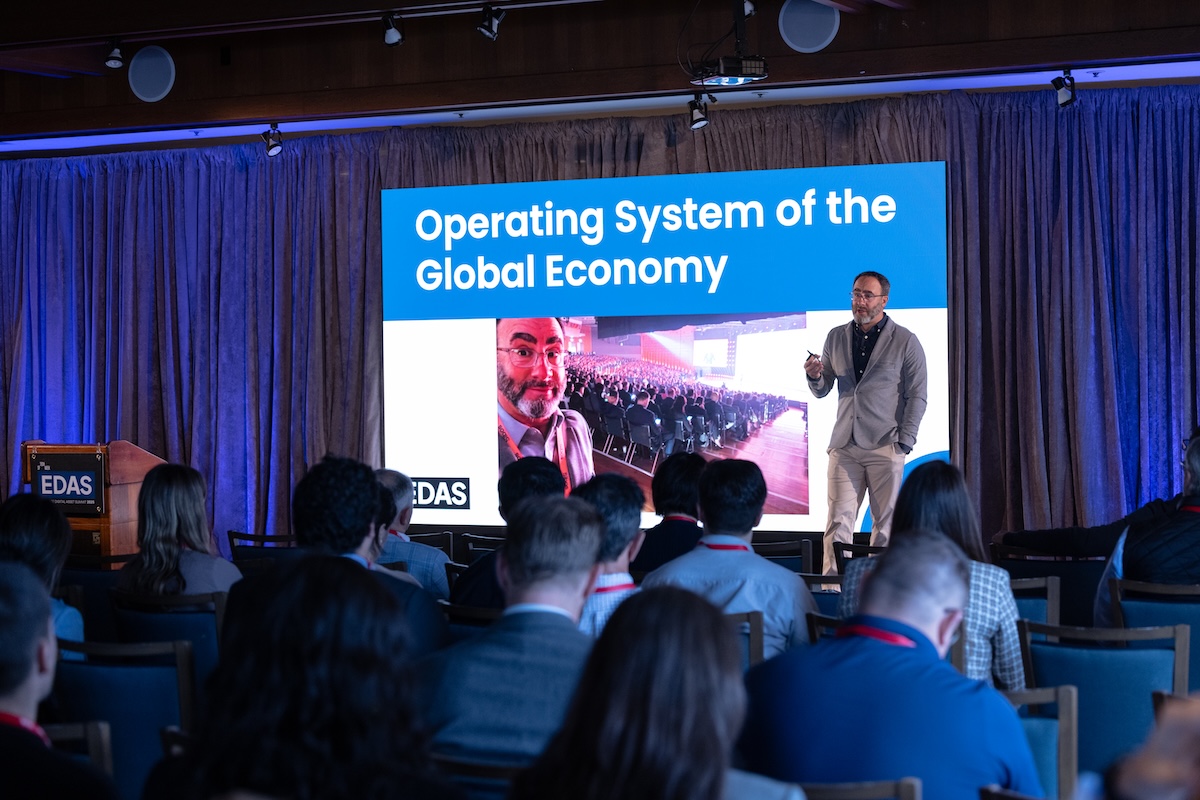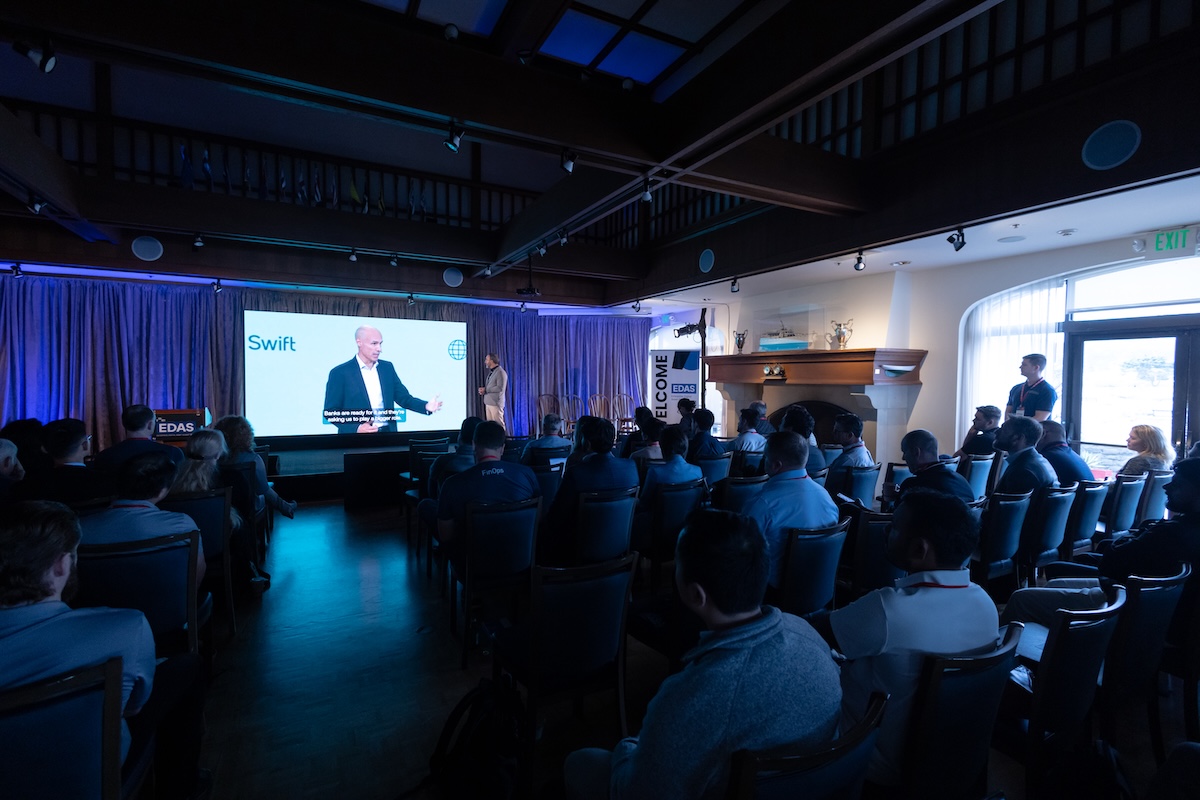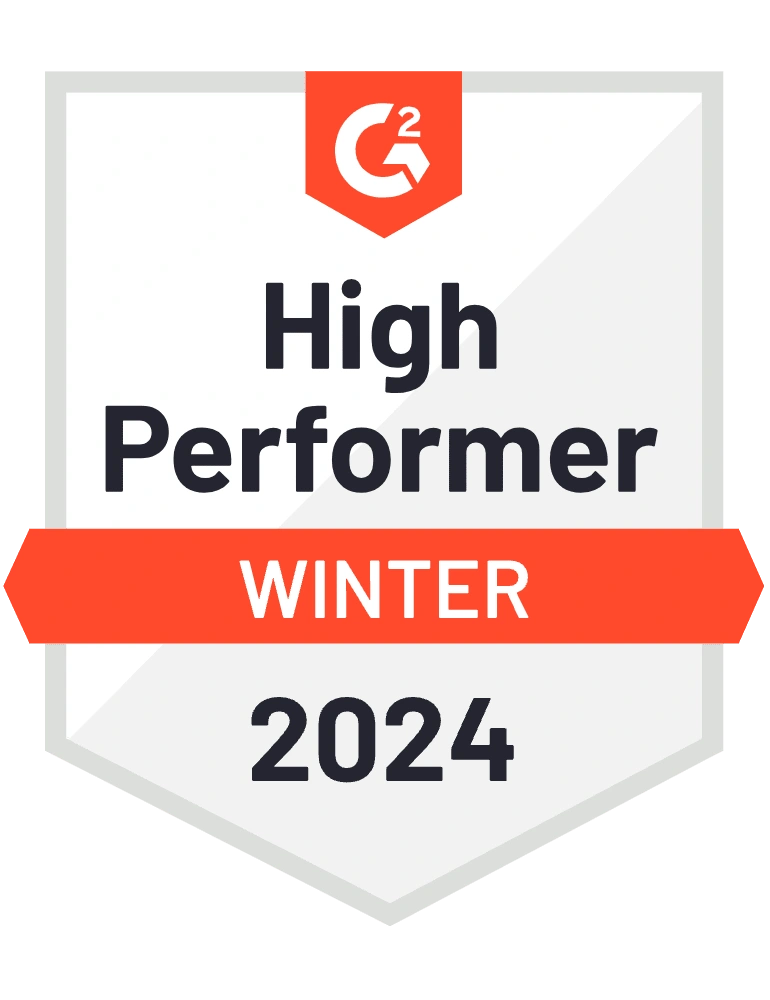
Welcome back to the EDAS Highlight Series! Each week, we spotlight one of the most impactful sessions from the Enterprise Digital Asset Summit, giving you the key insights shaping the future of digital assets at scale. All EDAS session recordings, including this one, are now available for on-demand viewing.
This week’s feature is one of the most talked-about sessions from the event: “TradFi Is Coming… But It’s Not What You Think” from Matt Cutler, CEO of Blocknative. In a dynamic and often humorous presentation, Cutler shared a firsthand account of his experience inside Sibos, Swift’s annual global banking conference of more than 11,500 member institutions. What he discovered there paints a vivid, and sometimes surprising, picture of how the world’s largest financial institutions think about digital assets, blockchain integration, and where this entire movement is headed. As one of the highest-rated sessions at EDAS, this impactful talk highlights how traditional finance is addressing and integrating the digital asset industry, on its own terms, and at a global scale.
Sibos: A Glimpse Into the Operating System of the Global Economy
Matt opened by describing Sibos, previously known as SWIFT International Banking Operations Seminar, as feeling like stepping into “the operating system of the global economy.”
A few eye-opening statistics from the talk:
- Swift moves the equivalent of global GDP every three days.
- The network processes 40–50 million messages per day.
- It operates on proprietary infrastructure, with tightly controlled access and bilateral permissions.
While crypto often imagines itself as the future backbone of finance, Cutler reminds us: Swift already is one.
Understanding TradFi adoption means understanding how enormous and deeply embedded these systems truly are.

Swift’s 20-Year Migration to ISO 20022 and Why It Matters
Swift is in the middle of a multi-decade upgrade of its “instruction set,” transitioning from MT messages (from the 1970s) to ISO 20022, a richer, XML-based protocol.
This matters because:
- ISO 20022 dramatically expands the expressiveness of financial messaging
- It aligns more naturally with programmable digital assets.
- It opens the door for interoperability with blockchain-based systems.
In other words, the global banking system is undergoing an evolution to its infrastructure that better enables digital asset integration.
A Linguistic Divide: Crypto ≠ Digital Assets in TradFi
Inside crypto, we talk about:
- Stablecoins
- On-chain settlement
- RWAs
- DeFi
- Trustless architecture
These terms are well-known and near-universally adopted in crypto native conversations. Their analogs inside Sibos are a much different vocabulary:
- EMTs (e-money tokens)
- ARTs (asset-referenced tokens)
- DT (distributed technology)
- Nostro/Vostro accounts
- Correspondent banking
Banks consciously avoid the term “crypto”, often assigning it a negative connotation. But they are bullish on digital assets, tokenization, and distributed ledger technology. Institutions are talking about crypto, but if you want them to understand you, you must speak their language.
Institutions Are Adopting Digital Assets…Quietly and Seriously
One of the keynote’s most viral moments was a video clip from Swift’s CEO: Swift will be adding a blockchain-based ledger to its infrastructure to enable “trusted movement of tokenized value across digital ecosystems.”
This is a profound signal of TradFi’s orientation towards crypto. The sector isn’t ignoring blockchain and isn’t competing directly with crypto, but integrating blockchain rails where it makes sense. They view blockchain not as a replacement for existing systems, but as another messaging and settlement path, one of many.
Matt emphasized that banks are incredibly smart, highly resourced, and paying close attention, carefully integrating digital assets with a strategic mindset. Within the industry, the understanding of stablecoins is surface-level, but interest is high. CBDCs are treated as legitimate, production-grade infrastructure. Tokenized settlement models (like Finality in the UK, which is significantly ahead of the US in digital currency implementation) are gaining traction. Many banks see stablecoins as maybe, but not obviously, reducing FX risk, not obviously.
These institutions don’t think “blockchain will replace everything.” They think, “Blockchain will be one more rail in the global money-movement system.”
Crypto Rails Are Already Being Integrated by Oracle, NASDAQ, and Others
Matt shared compelling evidence that the major enterprise software players are already embedding digital asset support.
- Oracle demonstrated a full UI for cross-border payments that includes crypto rails as just another path option.
- NASDAQ showed how its Calypso backend integrates with blockchain networks like Canton for tokenized collateral and settlement.
- Chainlink was one of the only major crypto brands with a visible presence at Sibos , and its enterprise footprint is larger than most in Web3 realize.
This is not a pilot phase. This is infrastructure work.

Institutional Adoption Is Happening, Just Differently Than Crypto Expects
Matt’s conclusion was that TradFi is indeed adopting blockchain, but not adopting crypto culture. Institutions see digital assets as additive, not disruptive, which is why the transformation is happening inside their frameworks, not ours.
Crypto-native companies have almost no presence at Sibos today, but the opportunity is enormous if we engage the institutional world directly and on their terms. The institutions are coming, but rather than coming out to meet the digital asset industry, they’re pulling digital asset technology into their world, at their pace, using their vocabulary, their infrastructure, and their regulatory frameworks.
What This Means for Enterprises
Enterprise adoption of digital assets is accelerating, but the organizations that win will be the ones who bridge these two worlds.
Enterprises need systems that can:
- Operate in crypto-native environments
- Integrate cleanly with institutional-grade controls
- Produce audit-ready data
- Traverse complex, multi-rail payment and settlement flows
- Meet the expectations of regulators, finance leaders, and auditors
Ready to Prepare Your Business for the Institutional Digital Asset Era?
As TradFi and global institutions move decisively into digital asset rails, enterprises need technology that can meet them where they're headed, with real governance, real accounting, and real operational controls.
Bitwave is built specifically for this moment.
Whether you're exploring stablecoin payments, building treasury exposure, integrating tokenized assets, or preparing your financial operations for institutional-grade scrutiny, Bitwave gives you:
- Audit-ready digital asset accounting
- Automated reconciliation across chains, custodians, and banking partners
- Policy and permissions controls aligned with enterprise governance
- Real-time visibility into asset flows, wallet activity, and settlement
- Support for multi-rail financial operations, blockchain + traditional finance
The enterprises that succeed in this new environment will be those who modernize their financial operations now.
Talk to our team to see how Bitwave helps organizations embrace digital assets with confidence, compliance, and clarity.


Disclaimer: The information provided in this blog post is for general informational purposes only and should not be construed as tax, accounting, or financial advice. The content is not intended to address the specific needs of any individual or organization, and readers are encouraged to consult with a qualified tax, accounting, or financial professional before making any decisions based on the information provided. The author and the publisher of this blog post disclaim any liability, loss, or risk incurred as a consequence, directly or indirectly, of the use or application of any of the contents herein.







